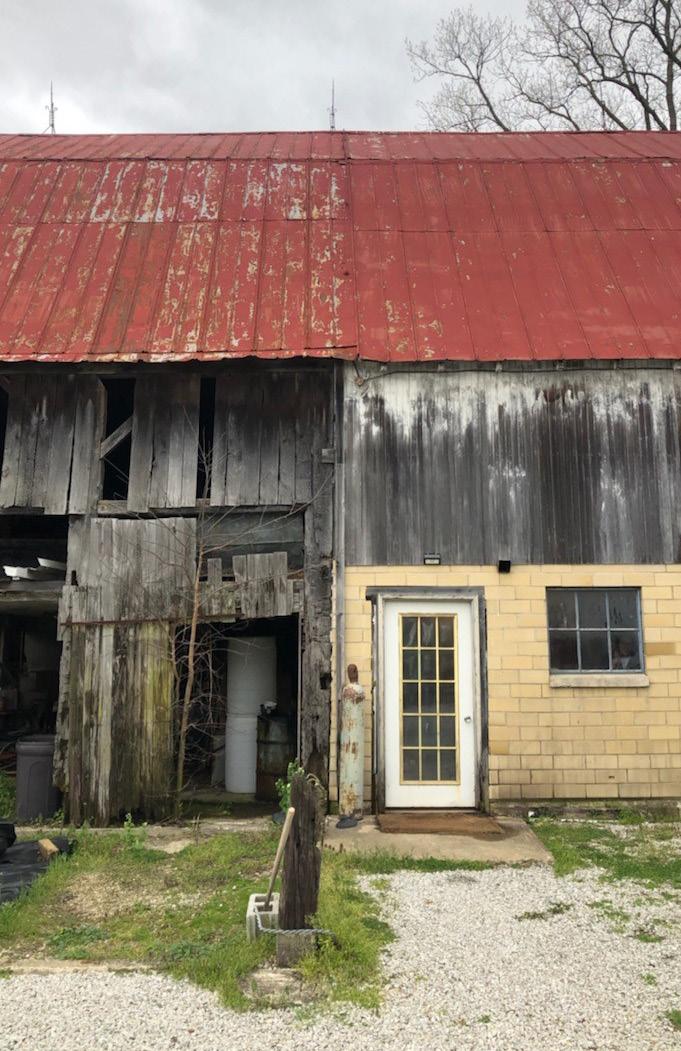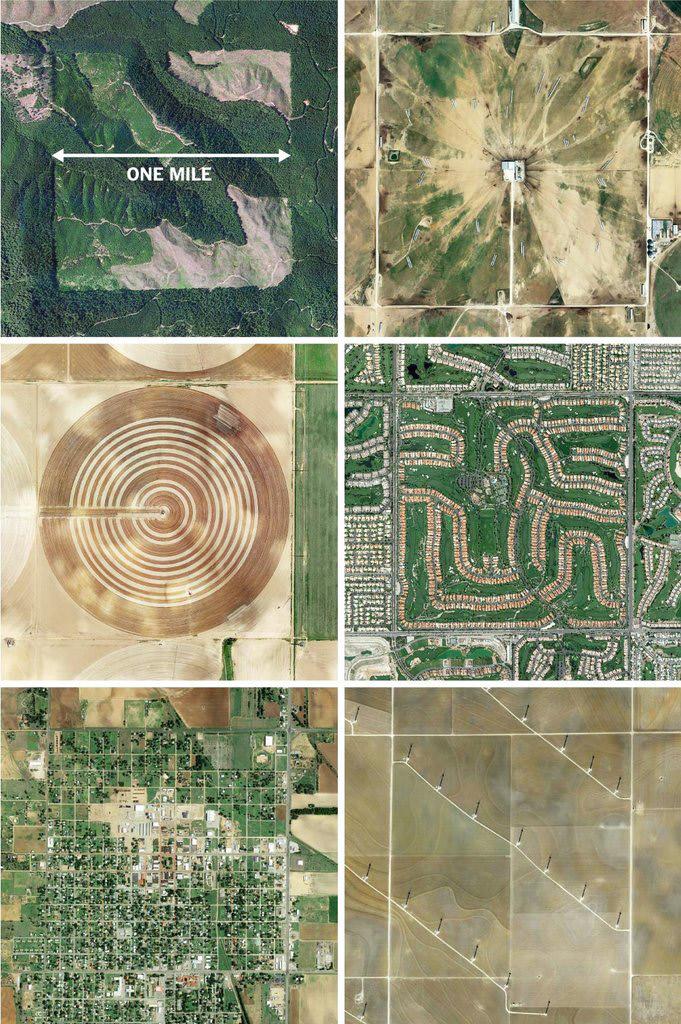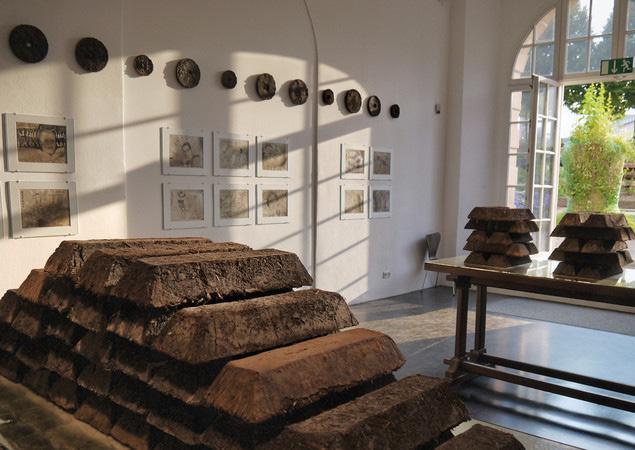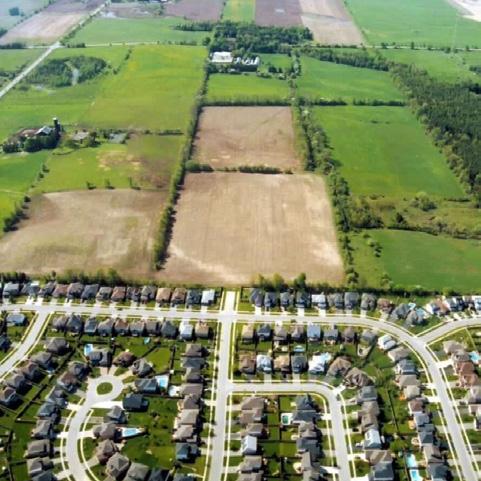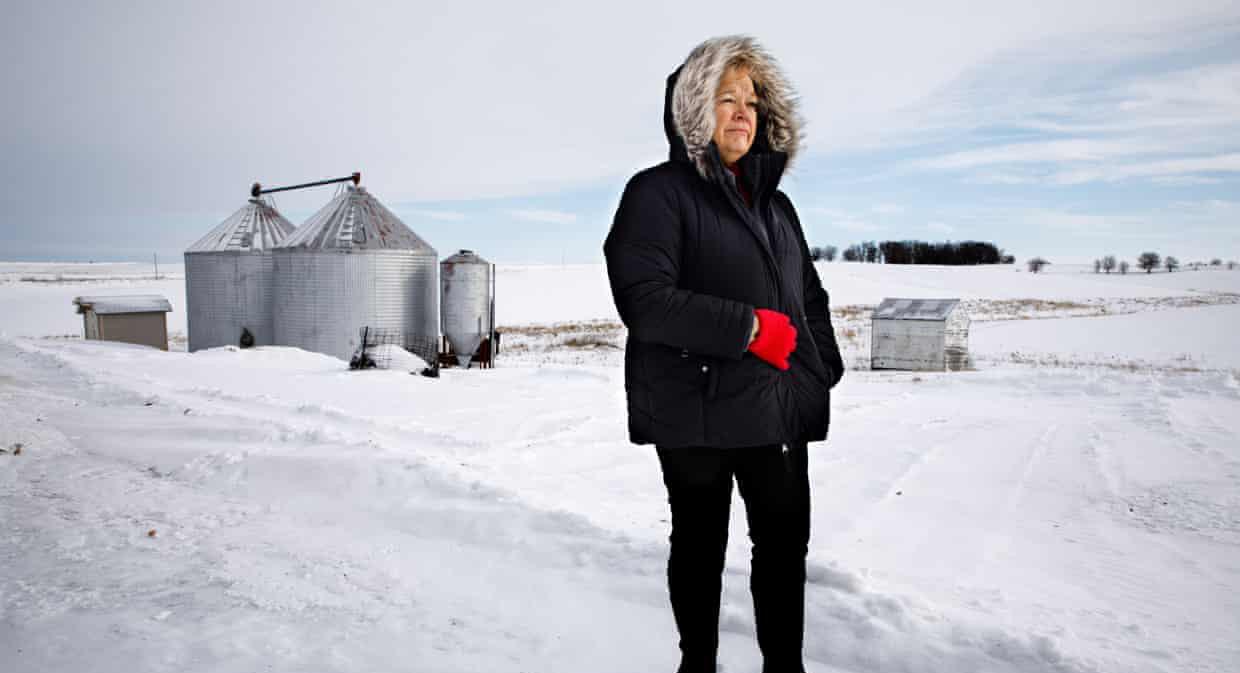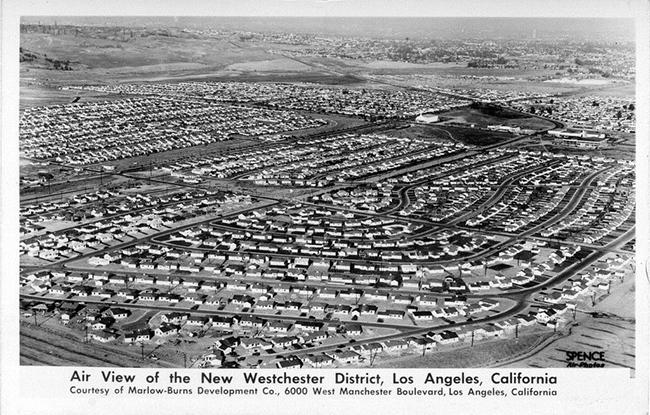
3 minute read
2.2 - Historical Progression
from Residual Farmland
by clareknecht
In the nineteenth century the growing agricultural economy of the Midwest and the emerging industrial growth of our nation’s Rustbelt were intricately intertwined. As Midwestern farm numbers increased, manufacturing enterprises moved westward to the emerging urban system of the region to produce farm implements and other needs, as well as to process the expanding production of the region’s farms. The cities could not have existed without farmers to buy their goods and provide them with raw material for refinement. In truth, the Midwestern farm was never the bucolic, self-contained enterprise that has dominated the pastoral image of the Midwest. The very productivity of farmers depended on the technology supplied by industry, the transportation technology to move massive harvests to markets, and the factories that converted resources into marketable commodities. The farm depended on the city as well.
The growth in nearly every city in the region was based on either production of agricultural inputs or processing of farm products. It was this interdependence of farm and city, or raw material and fabricator/processor that became the hallmark of the Midwestern breadbasket.
Advertisement
So, too, did the exploding Midwestern metropolises depend upon the farmers. Farm residents were the customers for urban goods and the suppliers of sustenance for cities. Likewise, smaller cities and towns existed in a symbiotic relationship with their rural hinterlands. Into the twentieth century, the Midwest remained the nation’s foremost producer of agricultural commodities. Approximately 41% of the nation’s agricultural product sales originate in these twelve states. The top ten states in corn acreage are all Midwestern. Only two of the top ten states in number of farms with annual sales of over a hundred thousand dollars are not found in the Midwest. In 1997, the twelve Midwestern states contained half the value of U.S. farm machinery. They accounted for 42% of cattle sold, two-thirds of hogs sold, and six of every seven bushels of corn harvested.
Agriculture in the Midwest had been undergoing structural changes that reflect agricultural transformations in the nation.
During the second half of the twenty first century, these changes were associated primarily with the growing size of farms and the rise of industrial agriculture. At the turn of the twenty first century, farm ownership patterns have changed dramatically.
Family farmers living on their land often do not own much of the land they operate, and they increasingly depend on non-farm sources of income.
Relatively little land is farmed by full owners. In Illinois, less than 20 percent of farmland is operated by full owners. Driven by the need to acquire more farmland so they can maintain an adequate income, farmers have turned to part ownership-some land is owned, quite a bit more is rented or leased. This is the dominant pattern in nearly all of the region. In the Iowa-Illinois core of the region, 30 percent of farmers report more than two hundred days of off-farm work each year. That figure rises to around 40 percent in Indiana, Michigan, and Ohio, where there are greater opportunities for wage labor in urban areas. In just a handful of counties is the figure under 20 percent.
[Image 9] Percent of U.S. Farmland Rented or Leased, USDA NASS, Census of Agriculture
In the post-World-War II era, agriculture became increasingly reliant on the standardization and specialization characteristic of manufacturing enterprises. Most important, consumption of energy skyrocketed as farmers substituted fossil fuels for most human and animal inputs – especially labor, fuel, and fertilizer.
[Image 10] U.S. Energy Information Administration
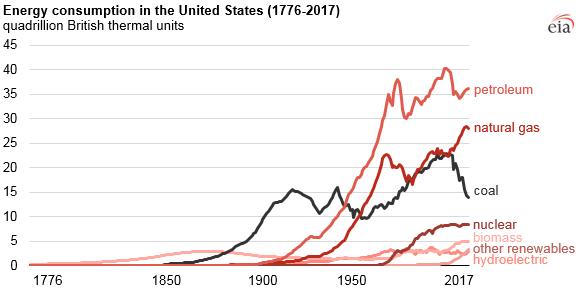
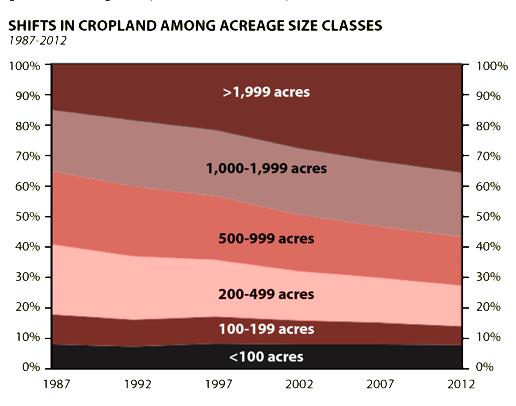
[Image 11] Three Decades of Consolidation in U.S. Agriculture, USDA from Inside Cliamte News
Larger farms meant fewer farms, so rural population decline became continuous after about 1935. Fewer farms led directly to declining populations in the small towns that provided services to farmers.


